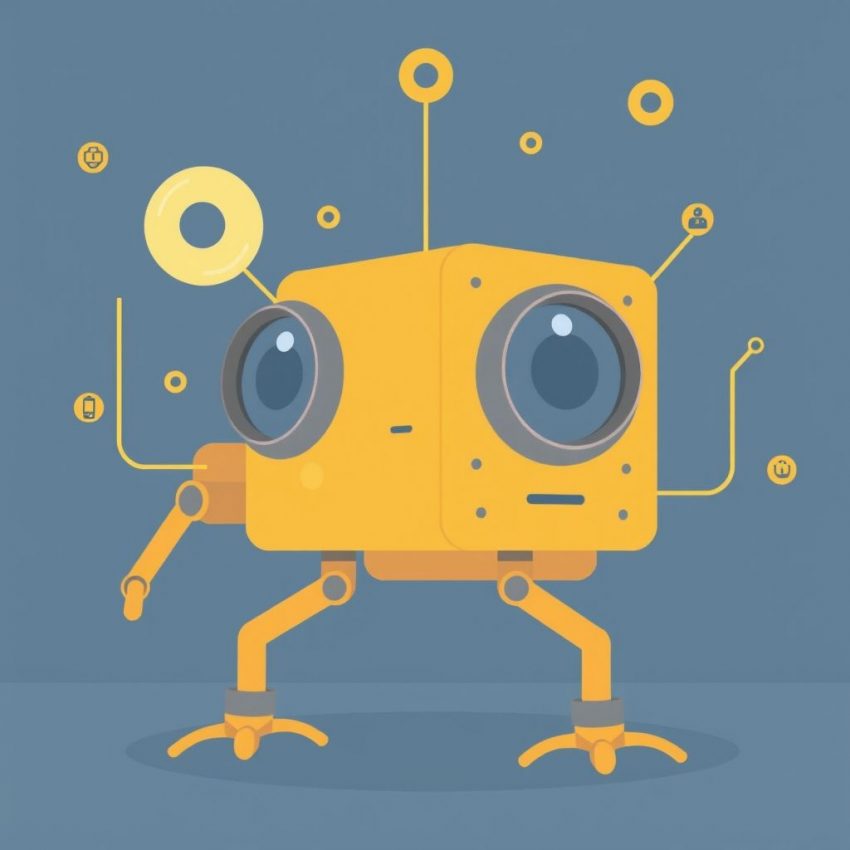How Open Source AI Tools Are Beating the Giants
The AI landscape is dominated by a few tech giants, wielding massive datasets and computational power. But a quiet revolution is brewing, fueled by open-source projects that are not only catching up but, in some areas, surpassing the capabilities of their closed-source counterparts. This isn't just about cost savings; open-source AI offers transparency, community-driven innovation, and a level playing field that's disrupting the industry.
The Goliath's Achilles Heel: Closed Systems and Lack of Transparency
The big players offer powerful AI tools, but they come with limitations. Access is often restricted, requiring subscriptions and potentially locking users into specific ecosystems. The "black box" nature of many proprietary models raises concerns about bias, security vulnerabilities, and a lack of control over how the technology is used. This lack of transparency hinders both research and trust.
David's Sling: The Power of Open Source
Open-source AI projects are changing the game. By making their code, models, and datasets publicly available, they foster collaboration, allowing researchers and developers worldwide to contribute, improve, and adapt the technology to specific needs. This collaborative spirit fuels rapid innovation, often outpacing the slower, more centralized development cycles of the giants.
Here's how open-source projects are making inroads:
-
Faster Innovation: The collective brainpower of a global community leads to faster bug fixes, feature enhancements, and the exploration of new applications. This agility allows open-source projects to respond quickly to emerging trends and user demands.
-
Customization and Flexibility: Open-source tools can be tailored to specific requirements, unlike proprietary solutions that often force users into pre-defined workflows. This flexibility is particularly valuable for researchers, smaller businesses, and those with niche applications.
-
Cost-Effectiveness: While powerful hardware is still needed, open-source eliminates licensing fees and subscription costs, making AI accessible to a wider range of users and organizations. This democratization of AI is a significant driver of its growth.
-
Enhanced Transparency and Trust: Open source promotes transparency, allowing users to scrutinize the code, identify biases, and ensure security. This fosters trust and allows for greater control over the AI systems.
Examples of Open-Source Triumphs:
Several open-source projects are showcasing the power of this approach:
-
Stable Diffusion: This open-source text-to-image generator has challenged the dominance of proprietary models like DALL-E 2 and Midjourney, offering comparable quality with greater accessibility and customization.
-
LLaMA and its derivatives: Meta's release of LLaMA, a powerful large language model, has spurred the creation of numerous open-source alternatives, demonstrating the potential for community-driven improvements and diversification in the LLM space.
-
Various open-source libraries and frameworks: Projects like TensorFlow and PyTorch provide the fundamental building blocks for AI development, empowering researchers and developers to build their own models and applications.
The Future of Open-Source AI
The rise of open-source AI is not just a trend; it's a fundamental shift in the way AI is developed and deployed. While the giants will continue to play a significant role, the open-source community is proving its ability to compete and innovate, driving accessibility, transparency, and ultimately, a more democratized and equitable future for artificial intelligence. The competition is heating up, and the open-source Davids are showing they can, and are, slaying the Goliaths.
Don’t miss out on this exclusive deal, specially curated for our readers! Cheap IONOS Web Hosting
This page includes affiliate links. If you make a qualifying purchase through these links, I may earn a commission at no extra cost to you. For more details, please refer to the disclaimer page. disclaimer page.

